
Image credit: Ashdeen
Parsi gara work is an emblem of style and elegance, one of the finest and most under-celebrated styles of embroideries to emerge from the homeland. A traditional gara comes in three basic styles — a pallu and a border with tiny motifs scattered across it, an impenetrable jaal pattern, and a consecutive border that can be stitched onto a sari.
The origin of Parsi Gara work
The Parsi gara, in a nutshell, is three things. Indian embroidery with a Persian heritage and a Chinese origin. The Parsi embroidery can be traced back to 650AD where Persian women undertook the Indian style of clothing. Parsi men travelled to China and brought yards of silk fabric for their women. The gara was a result of inter-cultural amalgamation where the fabric was China’s and the embroidery was heavily influenced by India’s Hindu and Iran’s Zoroastrian cultures.

Image credit: Verve
Gara now enjoys heirloom status. It is so rare to find this masterpiece that women from one generation pass it on to the next as treasured hand-me-downs.
Techniques used to create gara work
The main stitches that are all intricately entwined are satin stitch, crewel stitch, stem stitch and French knot. Geometric designs are rarely used and most patterns are influenced by scenes and stories of Chinese origin, such as the bridges, pagodas, boatmen and shrines. The colours comprise of two shades. The base fabric is generally darker with ivory thread work or a pastel coloured textile is embroidered with multicoloured threads.

Image credit: zoroastrians.net
Styling your Parsi gara pieces
A classic embroidered gara sari or lehenga set are fail-safe way to sport this weave. But for those looking to modernise it, consider a jacket in this style worn with draped pants or trousers. A floor-length gara embroidered anarkali will make for an opulent look.

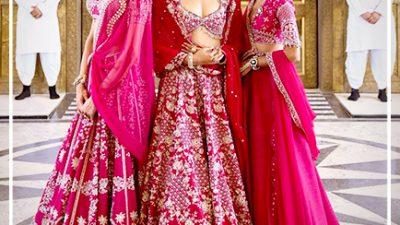

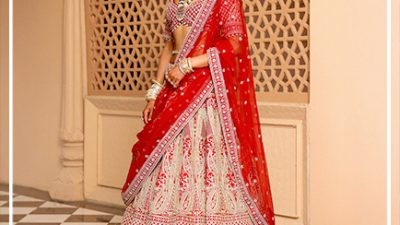
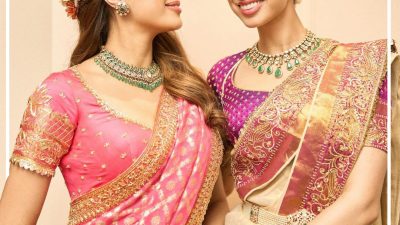
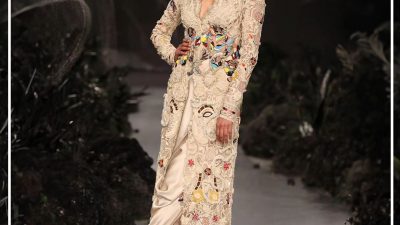

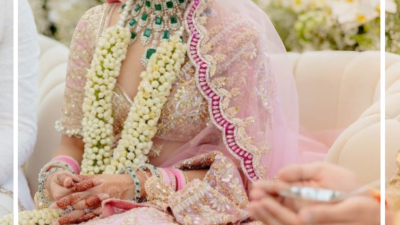


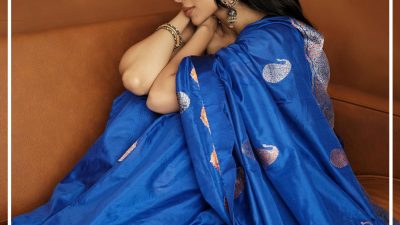
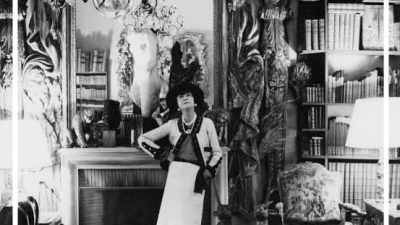
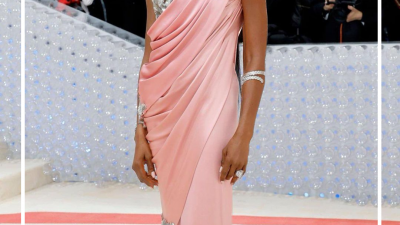

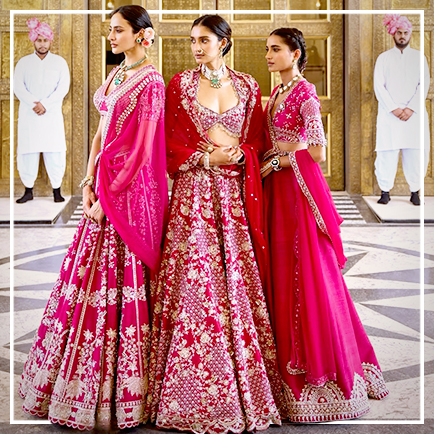

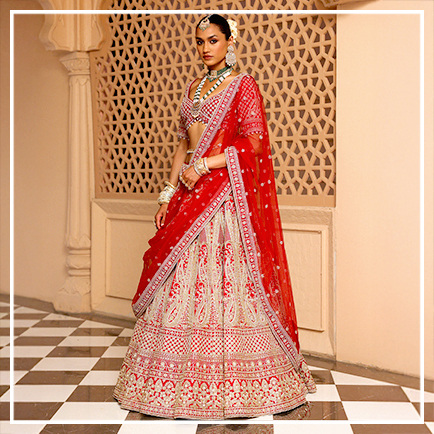


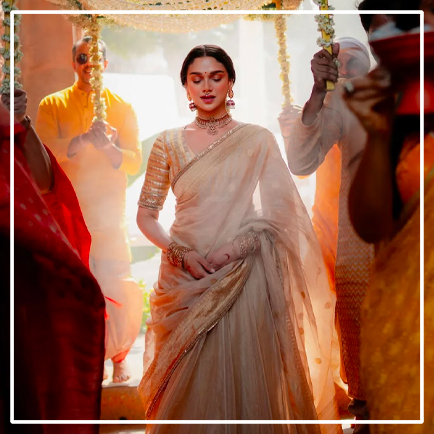
Comments